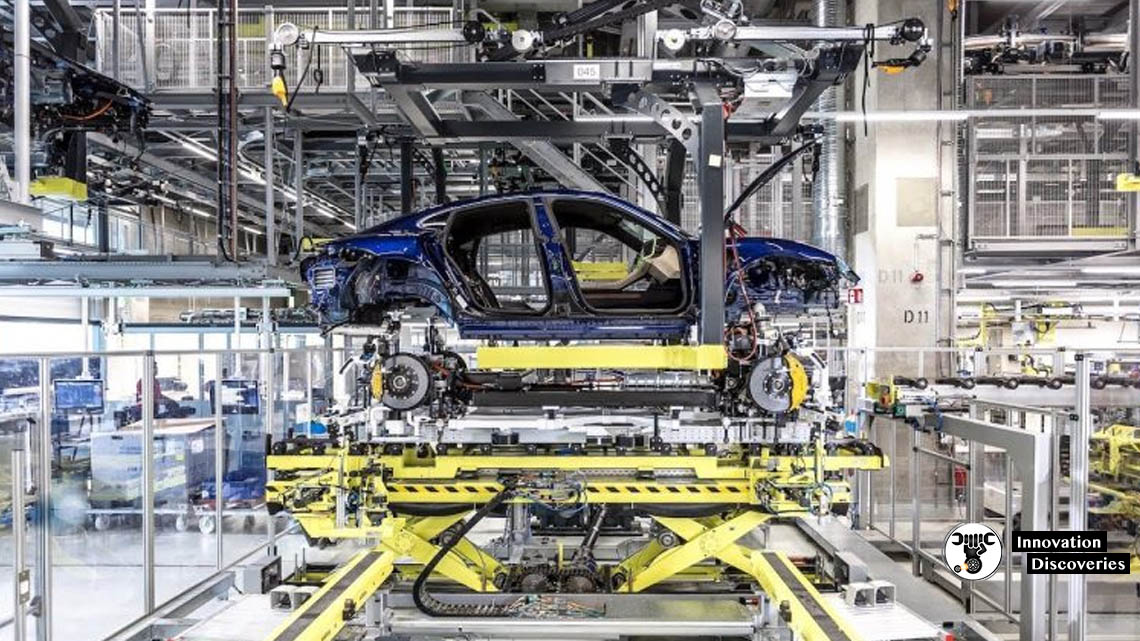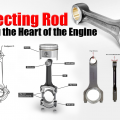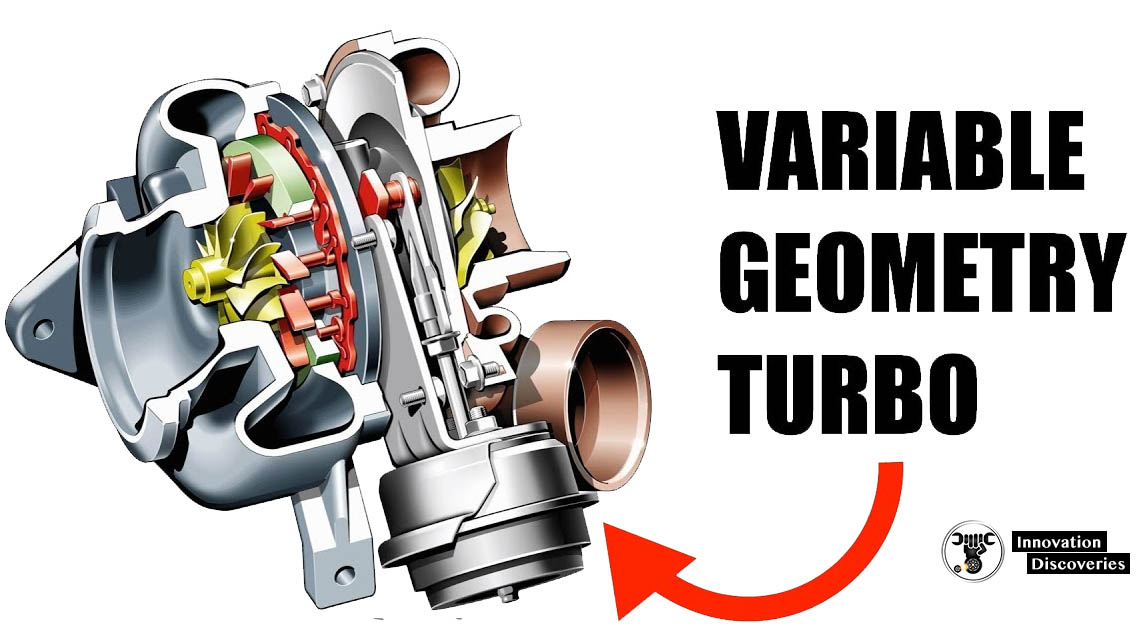
In the pursuit of enhanced performance and improved fuel efficiency, automotive engineers constantly seek innovative technologies. One such technology that has revolutionized the world of turbocharging is the Variable Geometry Turbocharger (VGT). By adapting the characteristics of the turbocharger to the varying conditions of an engine, the VGT has become a vital component in modern engines. In this article, we delve into the concept, working principles, benefits, and applications of the Variable Geometry Turbocharger.
Understanding the Variable Geometry Turbocharger:
A turbocharger is a device that utilizes exhaust gases to drive a turbine, which in turn compresses the intake air, providing a higher volume of oxygen to the engine. The Variable Geometry Turbocharger (VGT) takes this concept a step further by incorporating adjustable vanes within the turbine housing.
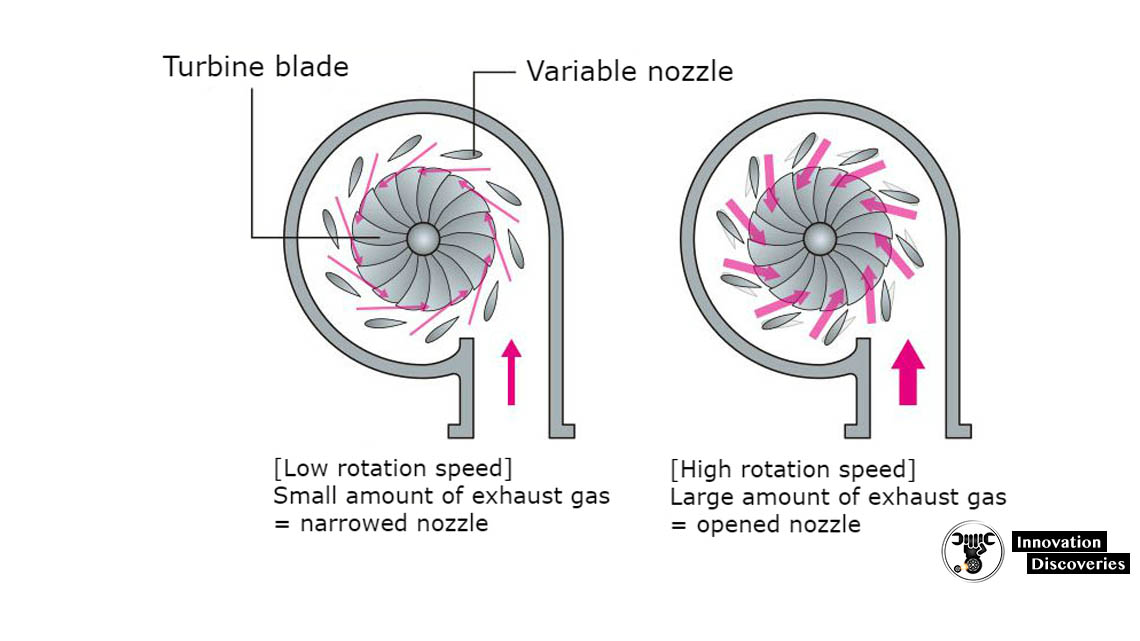
Working Principles:
Traditional turbochargers feature fixed geometry vanes in the turbine housing. While they work efficiently at high engine speeds, they exhibit limited performance during low-speed or off-boost conditions. This limitation is overcome by the VGT, which employs movable vanes that can change their angle or position.
During low engine speeds, the vanes are adjusted to narrow the turbine’s inlet, reducing the surface area and increasing the exhaust gas velocity. This ensures a quicker response and improved low-end torque, overcoming the issue of turbo lag commonly associated with traditional turbochargers. As the engine speed increases, the vanes gradually open, allowing a larger exhaust flow and maintaining optimal boost pressure throughout the entire engine operating range.
Benefits of Variable Geometry Turbocharger:
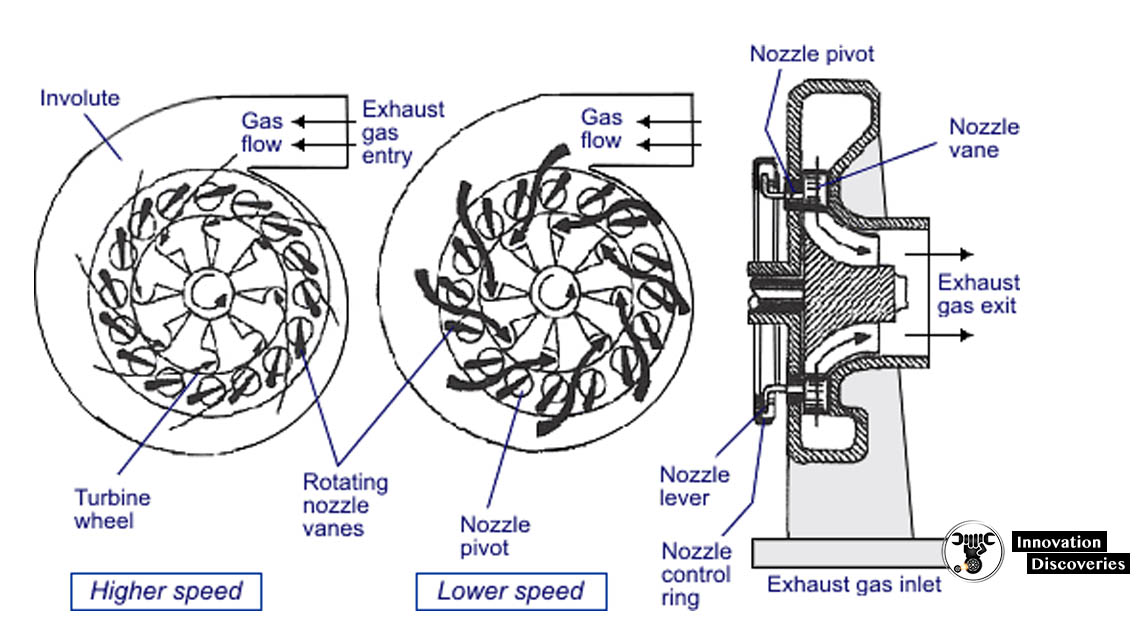
The Variable Geometry Turbocharger (VGT) offers several advantages over traditional fixed-geometry turbochargers. Let’s explore some of the key benefits:
Elimination of Turbo Lag:
Turbo lag refers to the delay in power delivery that occurs when a traditional turbocharger takes time to spool up and provide boost pressure. The VGT mitigates this issue by adjusting the vanes in the turbine housing, optimizing the exhaust gas flow at all engine speeds. This allows for instant throttle response, eliminating turbo lag and providing immediate power when needed.
Improved Low-End Torque:
One of the significant advantages of the VGT is its ability to enhance low-end torque. By narrowing the turbine’s inlet at low engine speeds, the exhaust gas velocity is increased, resulting in faster turbine response. This ensures better acceleration and improved performance during initial acceleration or while driving at low speeds, making the engine more responsive and drivable.
Optimal Boost Pressure:
The variable geometry vanes in a VGT enable precise control over boost pressure throughout the entire engine operating range. By adjusting the angle of the vanes, the VGT can maintain optimal boost pressure under various engine conditions. This helps in achieving maximum power output while ensuring efficient combustion and minimizing the risk of engine knock.
Increased Power Output:
The VGT allows for higher power output compared to fixed-geometry turbochargers. By adjusting the vanes to match the engine’s requirements, the VGT optimizes the airflow and combustion process, resulting in improved volumetric efficiency and increased horsepower. This enhancement in power is particularly beneficial during high-load conditions, such as overtaking or towing.
Enhanced Fuel Efficiency:
The VGT plays a crucial role in improving fuel efficiency. By precisely controlling the boost pressure and exhaust gas flow, the VGT enables better combustion efficiency, reducing fuel consumption. Additionally, the VGT helps to extract more energy from the exhaust gases, reducing wasted energy and making the engine more thermally efficient.
Lower Emissions:
The ability of the VGT to optimize exhaust gas flow contributes to reduced emissions. By maintaining optimal boost pressure and improving combustion efficiency, the VGT helps in minimizing harmful emissions such as nitrogen oxides (NOx) and particulate matter (PM). This makes the VGT an effective tool in meeting stringent emission regulations without compromising performance.
Flexibility and Adaptability:
The VGT offers flexibility in adapting to different engine operating conditions. Whether it’s low-speed urban driving or high-speed highway cruising, the VGT can adjust the turbine vanes to provide the ideal boost pressure for optimal performance. This adaptability ensures a smoother and more enjoyable driving experience across a wide range of driving scenarios.
Overall, the variable geometry turbocharger brings significant advantages to modern engines, including improved throttle response, enhanced low-end torque, increased power output, better fuel efficiency, reduced emissions, and adaptability to various driving conditions. With these benefits, the VGT has become a crucial component in achieving the delicate balance between performance, efficiency, and environmental sustainability in the automotive industry.
Applications:
The Variable Geometry Turbocharger (VGT) finds applications in a range of automotive engines, particularly in diesel engines. Here are some key applications of the VGT:
Passenger Cars:
The VGT is increasingly being used in passenger cars, especially those equipped with diesel engines. It helps improve the overall performance and drivability of the vehicle by providing instant throttle response, enhanced low-end torque, and increased power output. Additionally, the VGT’s ability to optimize fuel efficiency contributes to better mileage and reduced emissions, making it an attractive option for eco-conscious consumers.
Commercial Vehicles:
Commercial vehicles, such as trucks, buses, and vans, often rely on diesel engines for their power and efficiency. The VGT plays a vital role in these applications as it helps maximize torque and power delivery, which is crucial for hauling heavy loads and navigating challenging terrains. The improved fuel efficiency offered by the VGT also translates into cost savings for fleet operators.
Off-Road and Heavy-Duty Equipment:
The VGT is utilized in off-road vehicles and heavy-duty equipment, including construction machinery, agricultural vehicles, and mining equipment. These applications often require substantial power and torque to handle demanding tasks. The VGT’s ability to provide quick throttle response, high torque at low speeds, and improved power output makes it ideal for these rugged and demanding environments.
Marine Engines:
Marine engines, whether used in recreational boats or commercial vessels, can benefit from the application of VGT technology. By optimizing boost pressure and improving low-end torque, the VGT helps marine engines deliver better acceleration, enhanced maneuverability, and increased power. Additionally, the improved fuel efficiency contributes to extended range and reduced operating costs for marine operators.
High-Performance Vehicles:
The VGT is also finding its way into high-performance vehicles, including sports cars and performance-oriented sedans. By providing instant throttle response and delivering optimal boost pressure across the entire engine operating range, the VGT enhances the vehicle’s acceleration, power, and overall performance. Moreover, the VGT’s efficiency improvements contribute to better fuel economy and reduced emissions even in high-performance applications.
Hybrid Powertrains:
The VGT can be integrated into hybrid powertrain systems to enhance their performance and efficiency. By combining the benefits of turbocharging with electric power, the VGT helps optimize the power delivery and achieve improved fuel economy in hybrid vehicles. The VGT ensures that the combustion engine operates at its peak efficiency by providing the right amount of boost pressure under different driving conditions.
As automotive technology continues to advance, the Variable Geometry Turbocharger remains a versatile and crucial component in various applications. Its ability to provide instant response, optimize power delivery, improve fuel efficiency, and reduce emissions makes it a valuable technology in meeting the demands of modern engines across different sectors of the automotive industry.
Conclusion:
The Variable Geometry Turbocharger has transformed the automotive industry by offering a versatile and efficient solution to turbocharging. With its ability to adapt to varying engine conditions, it overcomes the limitations of traditional turbochargers, providing improved performance, enhanced fuel efficiency, and reduced emissions. As automotive technology continues to evolve, the VGT remains a vital component in achieving the delicate balance between power, efficiency, and environmental sustainability.
See More:
- TURBOCHARGER: COMPONENTS, WORKING PRINCIPLES, AND TYPES
- Twin Screw Superchargers
- Supercharger and its types
- Know The Difference In Biturbo Vs. Twin Turbo Here


